
Sign in to your ScreenRant account
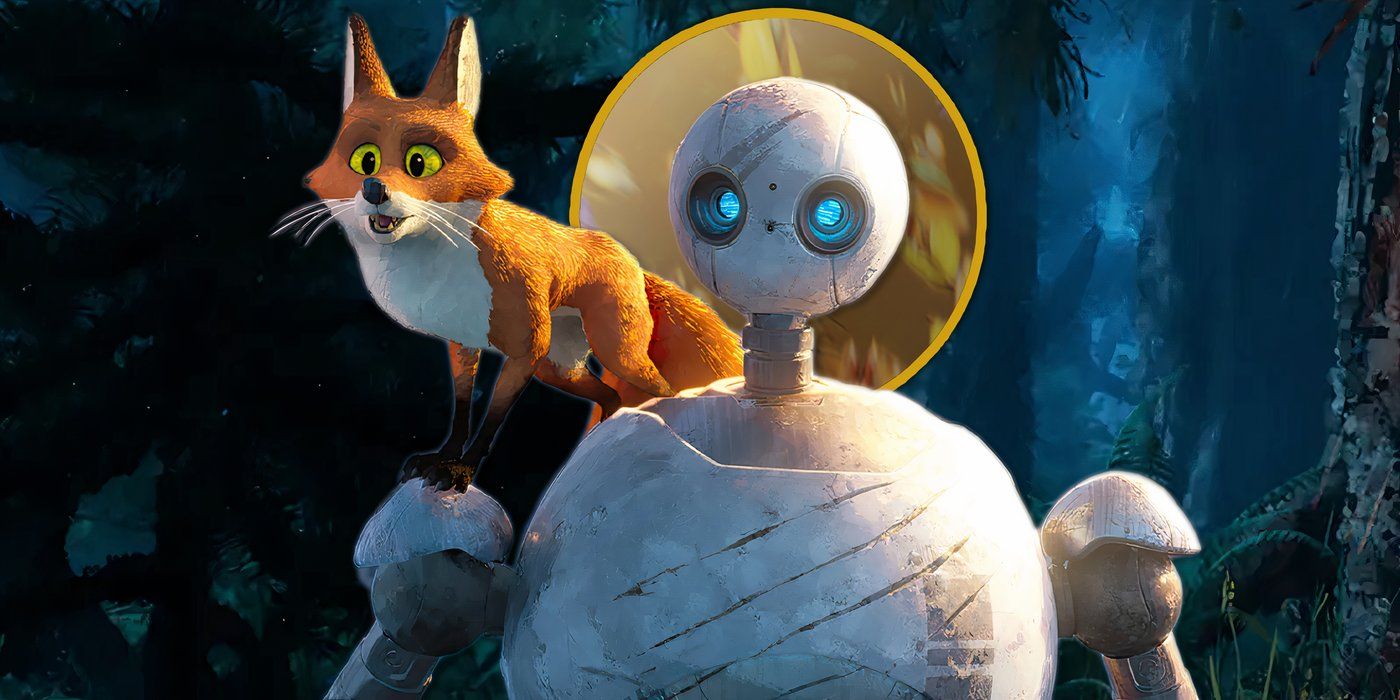
DreamWorks Animation found its biggest hit of the year in The Wild Robot, an animated adaptation of Peter Brown’s novel by the same name. The movie boasts a star cast led by Lupita Nyong’o as Roz, a lone robot in search of her purpose on an island uninhabited by humans. As Roz becomes the caretaker of a young goose (played by Kit Connor), audiences are treated to a story that weaves in themes of found family and nature versus nurture, set against the backdrop of a unique-looking painted world.
Of the many people who helped bring The Wild Robot to theaters, two of the most consequential are producer Jeff Hermann and writer/director Chris Sanders. Hermann’s past work as a producer includes Kung Fu Panda 3 and The Boss Baby: Family Business, and Sanders is known in part for his work directing the animated classics How to Train Your Dragon and Lilo & Stitch. Sanders also voiced Stitch in the latter and will reprise his role in the upcoming Lilo & Stitch live-action remake.
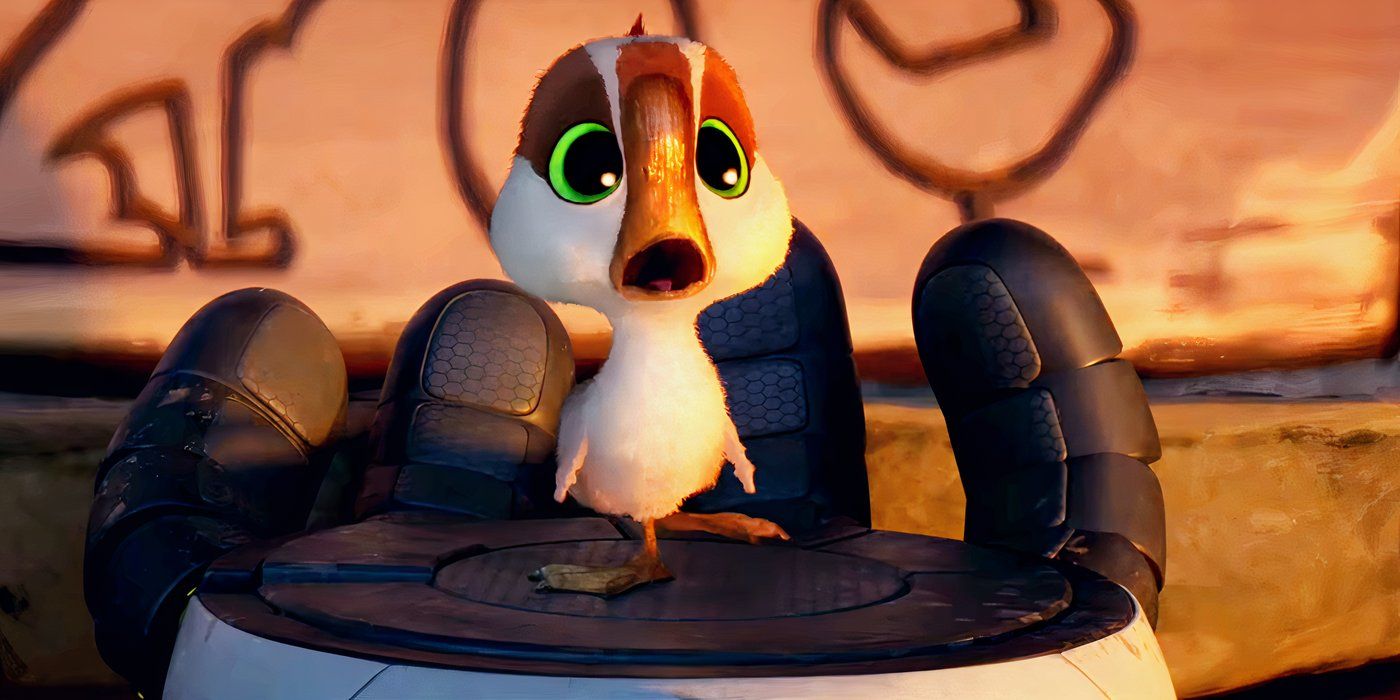
Related
The Wild Robot 2 In Development After Becoming One Of The Best 2024 Animated Movies
The DreamWorks animated movie The Wild Robot has a sequel confirmed to be in the works just two weeks after its premiere in worldwide theaters.
Screen Rant spoke with Chris Sanders and Jeff Hermann about their work bringing The Wild Robot to life. They discussed the unique art style of the box office success, writing family-friendly scenes that don’t shy away from life’s darker moments, and more. Sanders even weighed in on the upcoming live-action remakes of his animated films.
Chris Sanders & Jeff Hermann Talk Crafting An Emotional Story For A Family Audience
The Wild Robot Had To Present Heavy Topics In An Accessible Way
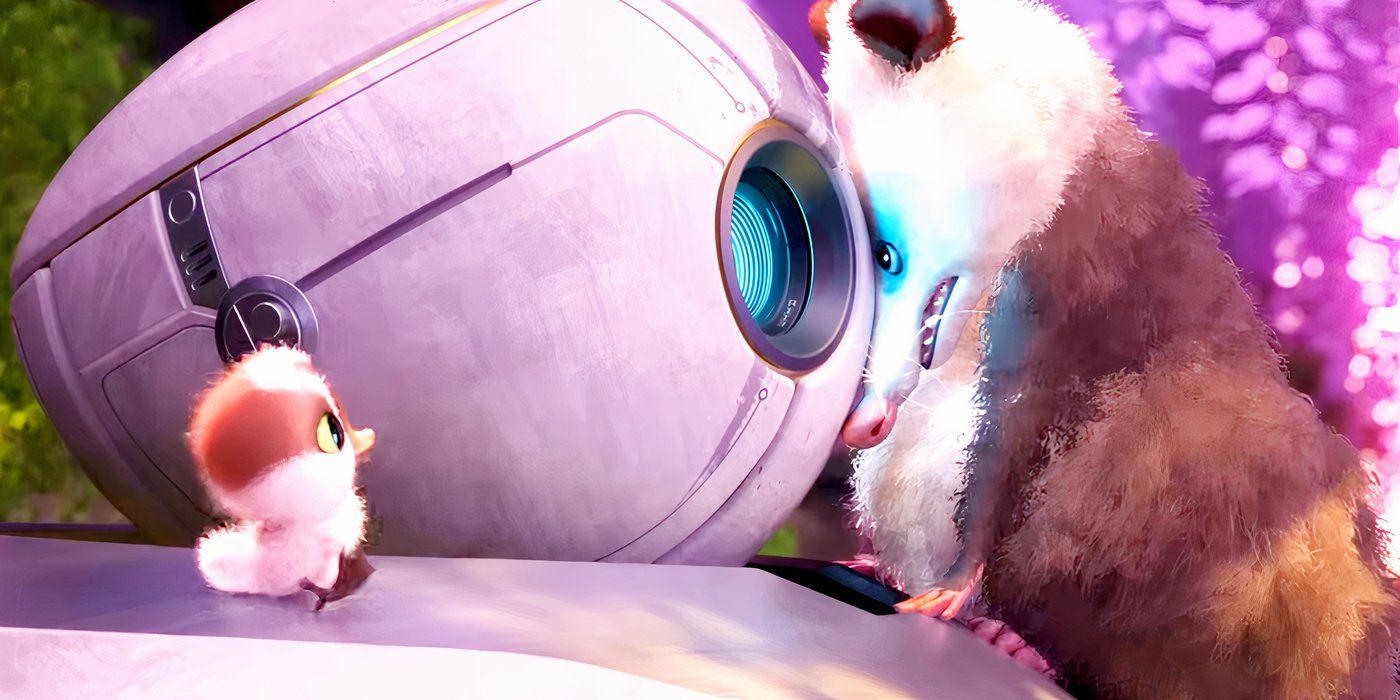
This movie leans into the fact that nature is not always kind. I would love to know how you find the right balance of what you want to talk about and show in a movie that's going to be seen by kids and families.
Chris Sanders: I learned a while ago that you need to set parameters pretty early in your film so that people understand the rules of the world, so establishing that this island has severe consequences was critical. The story wouldn't work unless these animals were presented as living in a life-and-death situation so that we understood where they were coming from. [Because of that,] we understood what it meant when they finally changed that programming.
We have plenty of comic death that we, I think, mostly handle with crabs. I don't think a lot of people are too concerned about the crabs. But then, we have two moments where we handle it very straight as well so that it has impact.
Jeff Hermann: Then, having the baby possums obsessed with all manners of death—having that come out of children's voices, I think, really helps us get away with even more.
Hermann Discusses Adapting Peter Brown's Book
The Producer Says It Was "Our Mission To Protect What Made Those Books So Special"
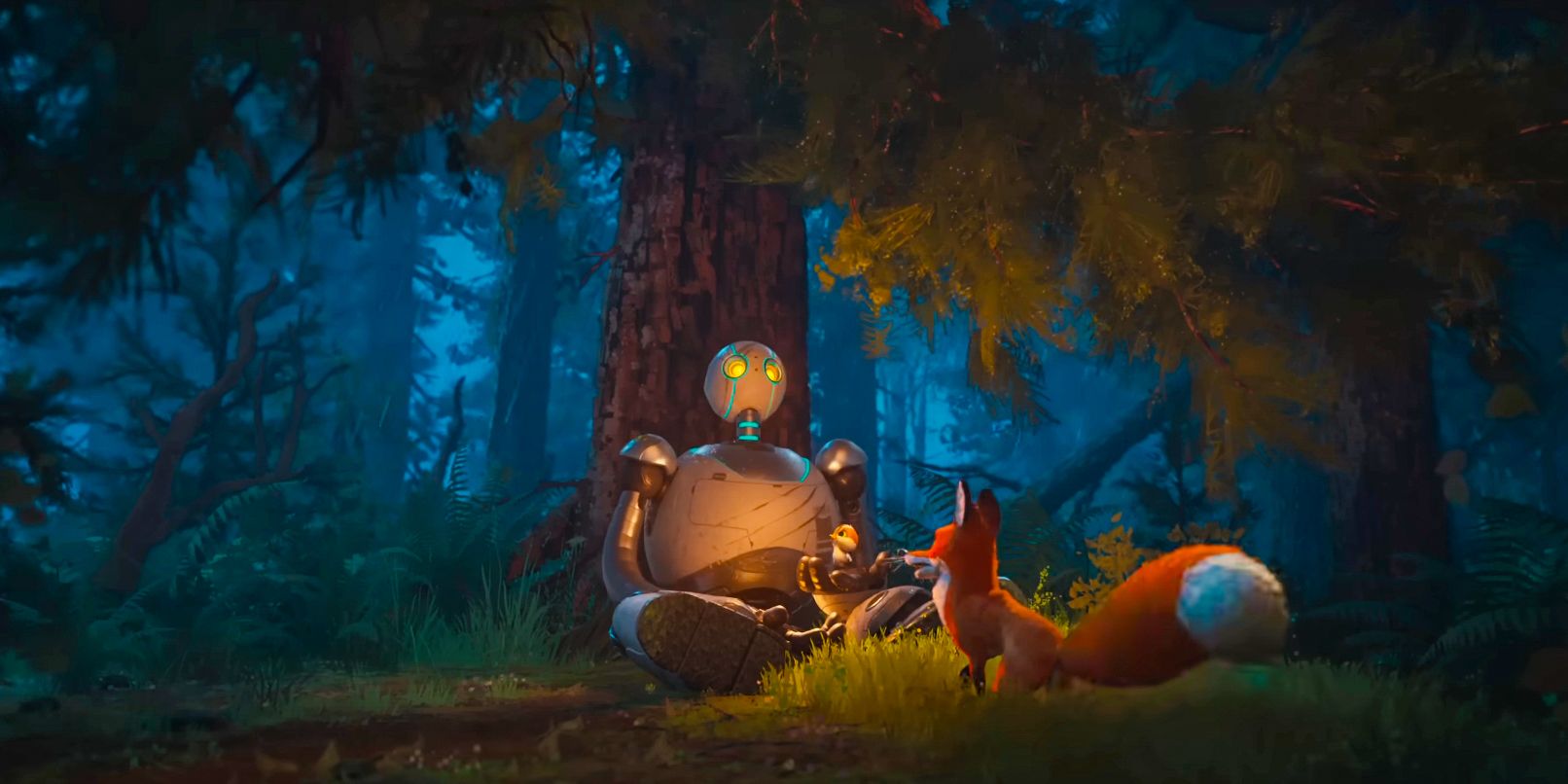
Jeff, this comes from a book that people love, [but] changes have to be made in any adaptation. How did you all decide what to stay true to and what you wanted to iterate on for the film?
Jeff Hermann: Well, first off, we were huge fans of the books ourselves, so there was a lot that we loved. And a lot of the things that we loved were what everyone else who read the books loved [as well]. We recognized that early on and kind of made it our mission to protect what made those books so special.
But, with any adaptation, you have to allow for exploration and being able to try different things. We would go in different directions from time to time, just to experiment, always kind of finding our way back to the core of the movie, which was this idea of kindness being a survival skill as well as being able to exceed your programming to become something better. Those two ideas kind of manifested as the core of the film and everything was kind of built around that.
But basically, the pillars of the book are very much the pillars of the film in the sense of how Roz comes across Brightbill, her responsibility for him, her having to send him on the migration et cetera. It was helpful to have those pillars, and that helped show us the way.
Sanders Explains The Unique Art Style Of The Wild Robot
The Film Was Hand-Painted In A Susprisingly New Way
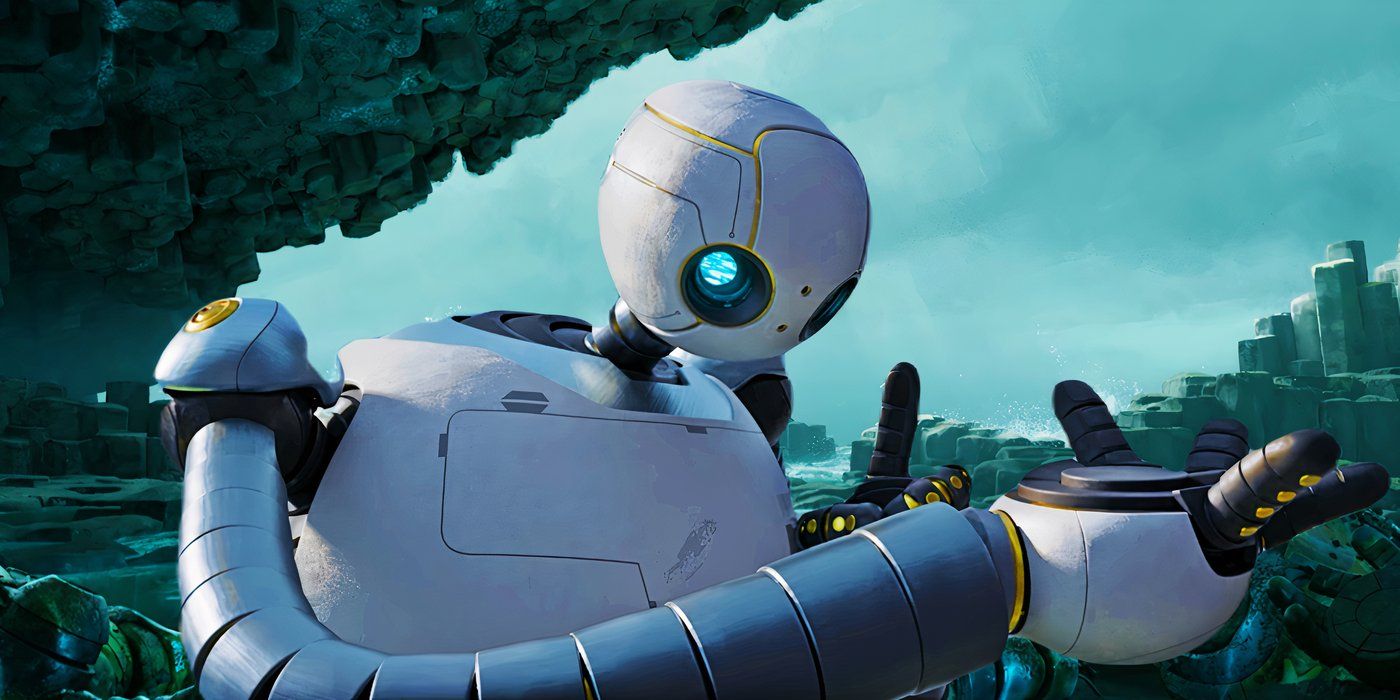
Chris, I want to talk about the art style. I feel like we're in this space where animated films are starting to get more and more artistic, and [it] seems like they're drawing inspiration from each other in leveling up their looks. Is there something about the way this was made that is unique from other animated films?
Chris Sanders: Yes, in a really big way. I think that the story of this film is all about the story of the timing of when things happened. The book was at DreamWorks for about four years before we actually started making the film, and in those four years, DreamWorks continued to make these visual advances in getting a more illustrated style up on screen and getting away from the gravitational hold that we were under and obligated to, just technologically.
There was a photo realism that we've been wrestling with ever since CG arrived, and we were so excited about that, and love that—the ability to move a camera and all these amazing gifts that we got from CG—but we did lose touch with this analog warmth and the ability to customize the style to a particular story. We lost a lot of that ability.
The big story on this whole thing is Raymond Zibach, our production designer, and Jeff Budsberg, our VFX supervisor, had a goal to reach a certain look: a very impressionistic look, a looser, softer look than they were able to achieve on The Bad Guys and Puss in Boots: The Last Wish. They leveraged off that technology to get to a place, on this film, where they were actually able to paint dimensionally.
We went to a demonstration where (DreamWorks Animation Head of Look) Baptiste [Van Opstal] sat at a station with a stylist and a tablet, and he was creating brushstrokes [that would appear] up on screen. Then, he was able to turn that painting and keep painting in a dimension. There's such a human presence, I think, evident in every frame of this film. Usually, we have these matte-painted skies that are amazing, but that matte painting now extends to the foreground, to the ground planes, and onto the characters themselves to give us an absolutely 100% unique look that is unusual, or just bespoke to this particular film.
Not Much Was Left On The Cutting Room Floor In The Wild Robot
Hermann Says "All Of My Favorite Elements" Made It To The Final Cut
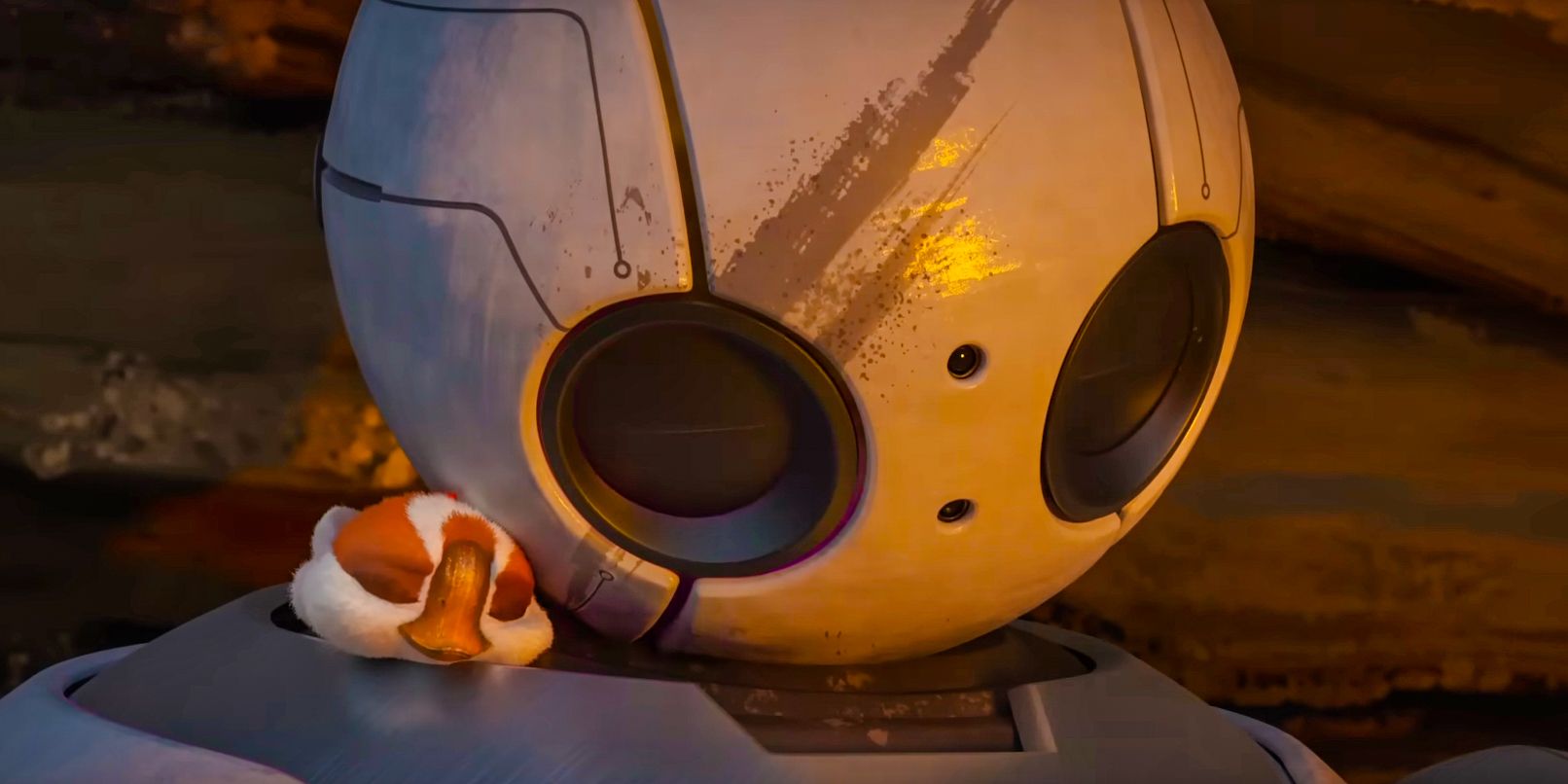
Jeff, from what I know about animation filmmaking, a lot can get left on the cutting room floor as things change. I know maybe you can stick closer to the book in this instance, but is there anything that you missed that you saw in earlier iterations or read in an earlier draft?
Jeff Hermann: I'm going to struggle with that one because I think what makes this so special is that everything that we did love about it all the way through did survive. [Though] things obviously change and morph as we go. In terms of the cutting room floor, we never really animated much that got cut out—very, very little, actually.
The storyboarding process and the pre-visualization process [are] where a lot of our iterations and explorations happen. There are many, many, many versions of every single sequence, some of them counting into the hundreds of iterations of a particular moment, that you don't get to see because we moved past it or learned something new from it that then pushed us into yet another iteration. But I think for me, all of my favorite elements and moments did survive all the way through, which is rare.
"I Wrestled With This A Little Bit"
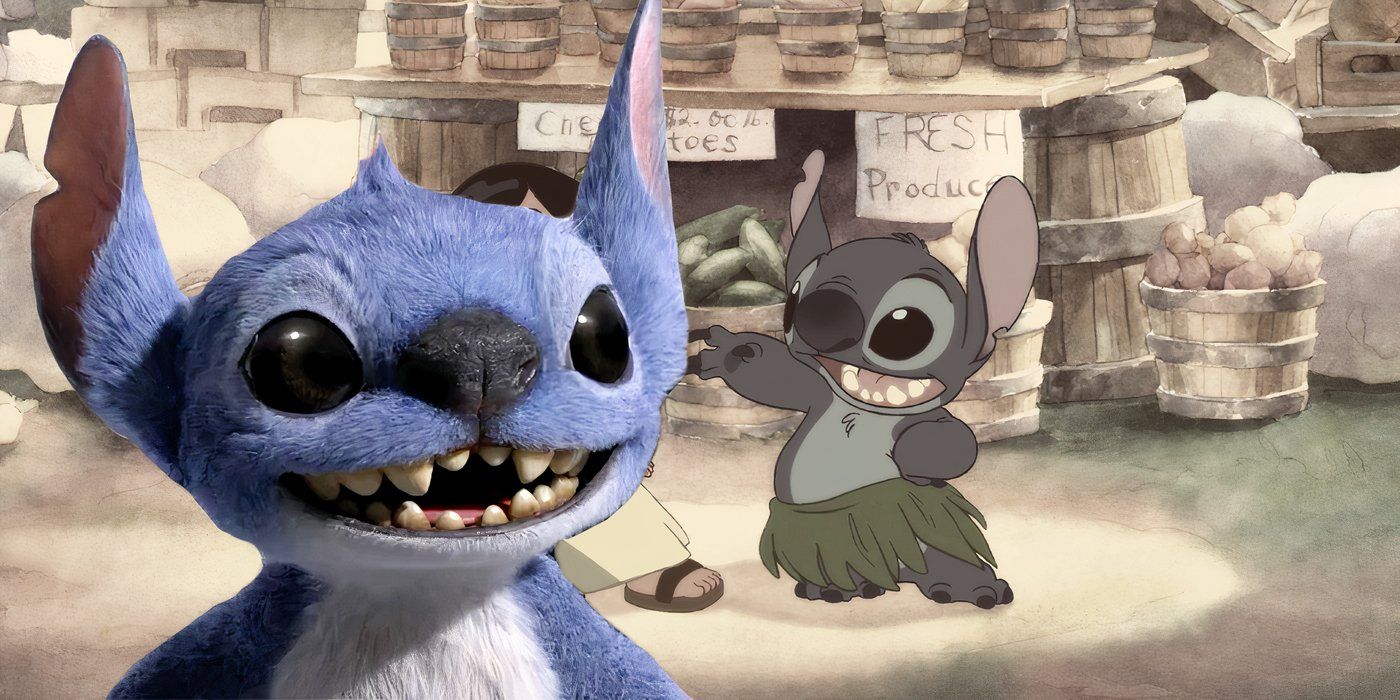 Custom Image by Dalton Norman
Custom Image by Dalton Norman Chris, two really beloved animated movies that you've made are getting the live-action treatment soon—How to Train Your Dragon and Lilo & Stitch. There's always a question with this industry trend as to how these things can live up to the originals. I'm curious if you have hopes and expectations for these movies coming out.
Chris Sanders: I wrestled with this a little bit. I was doing an interview when they were doing The Lion King, and I know that Lion King, the more recent one, is very close to the original. It's nearly shot-for-shot in certain places. And when they asked me the question about that, it was like, “They didn’t really do a ton of new stuff in some ways, but then at the same time, I feel like the first film, we got it right, so I kind of liked that they stayed close to the first one in a way.”
So, I actually ping-ponged back and forth in my feelings about it, because I think if you're going to do a live-action treatment, there should be a good reason to do it. Maybe you can bring something visually to it that you couldn't before. A lot of these films were in the hand-drawn days, so the idea of getting something more dimensional in there could be really exciting, [with] more cinematic stuff. So I'm curious.
I know that with How To Train Your Dragon, Dean DeBlois, my co-director and co-writer on that project, is the writer and director on that. I think that'll be really especially interesting to see because he is the continuity between the original and this particular one. That kind of continuity, I think, might yield something really spectacular.
Hermann Reflects On The Wild Robot's Themes
"There's So Much In There For Everybody To Latch On To"
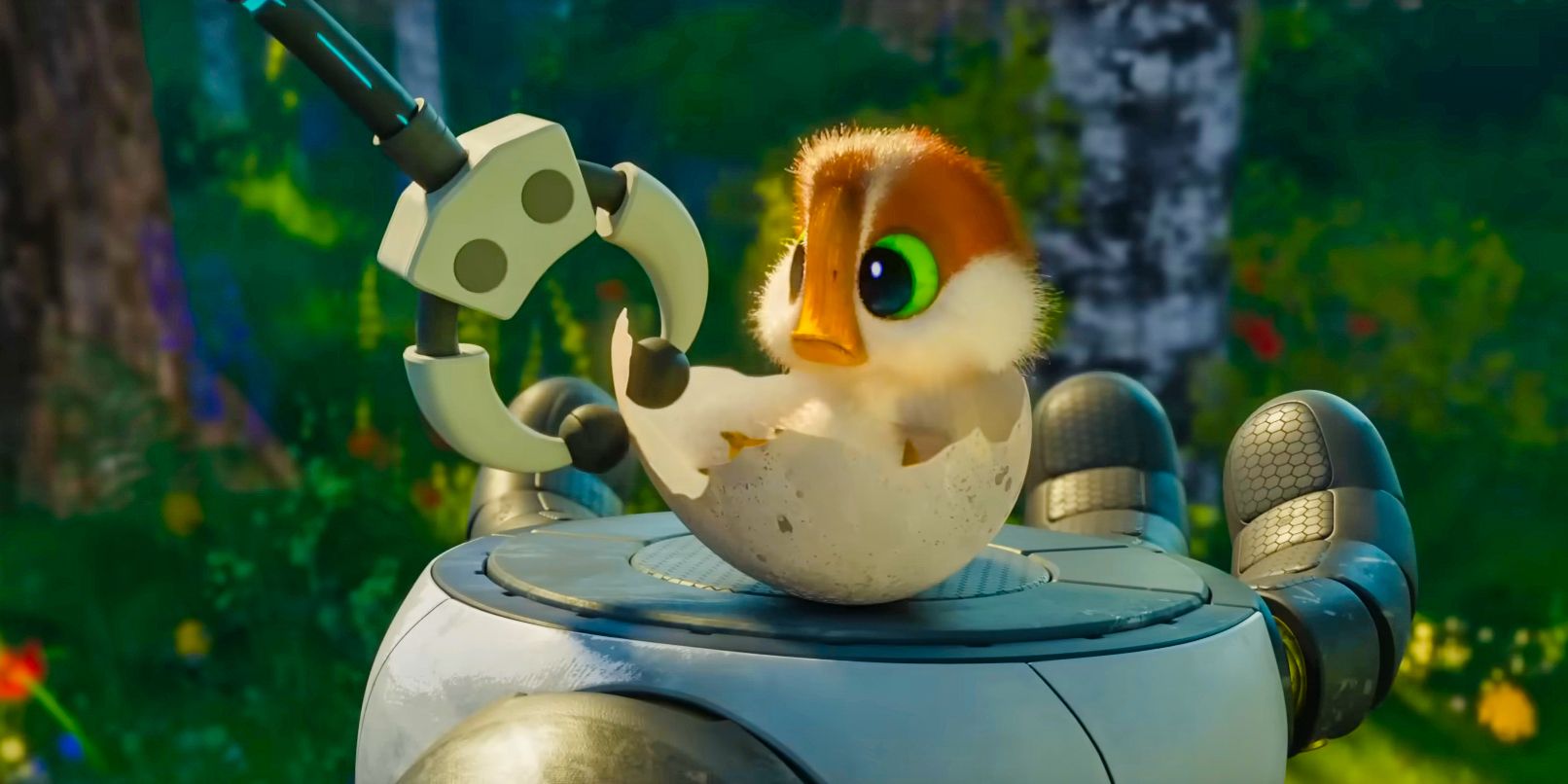
And Jeff, this movie is really beautiful. I loved what you were saying about kindness being a key to survival, but when people watch this, is there anything else that you want them to take away? There are all kinds of messages in here.
Jeff Hermann: I think one of the best things about the movie and the book is that there are so many themes and principles intertwined and layered together and, depending on what age you're at or at what point in your life you might be, you might respond more strongly to certain ones than others. I think that's why it's partly so accessible to so many people—there's so much in there for everybody to latch onto.
But kindness and empathy, for me, are the most prominent ones. We hope people walk away with a better understanding that empathy and kindness towards each other is the key to all our mutual survival. But there's so much more in there as well as community, self-identity, parenthood, having to let go, [or that] things don't always work out the way you want them to. There's so much in there that I think are relevant themes and topics for people to think about and talk about afterward.
About The Wild Robot
The Wild Robot is an animated drama film based on a series of books by Peter Brown. The adaptation is written and directed by Chris Sanders and stars Lupita Nyong'o, Pedro Pascal, and Catherine O'Hara. The Wild Robot centers on a robot named Rozzum 7134, who becomes stranded on a deserted island and the guardian of a young orphan.
The Wild Robot is in theaters and available on digital platforms.
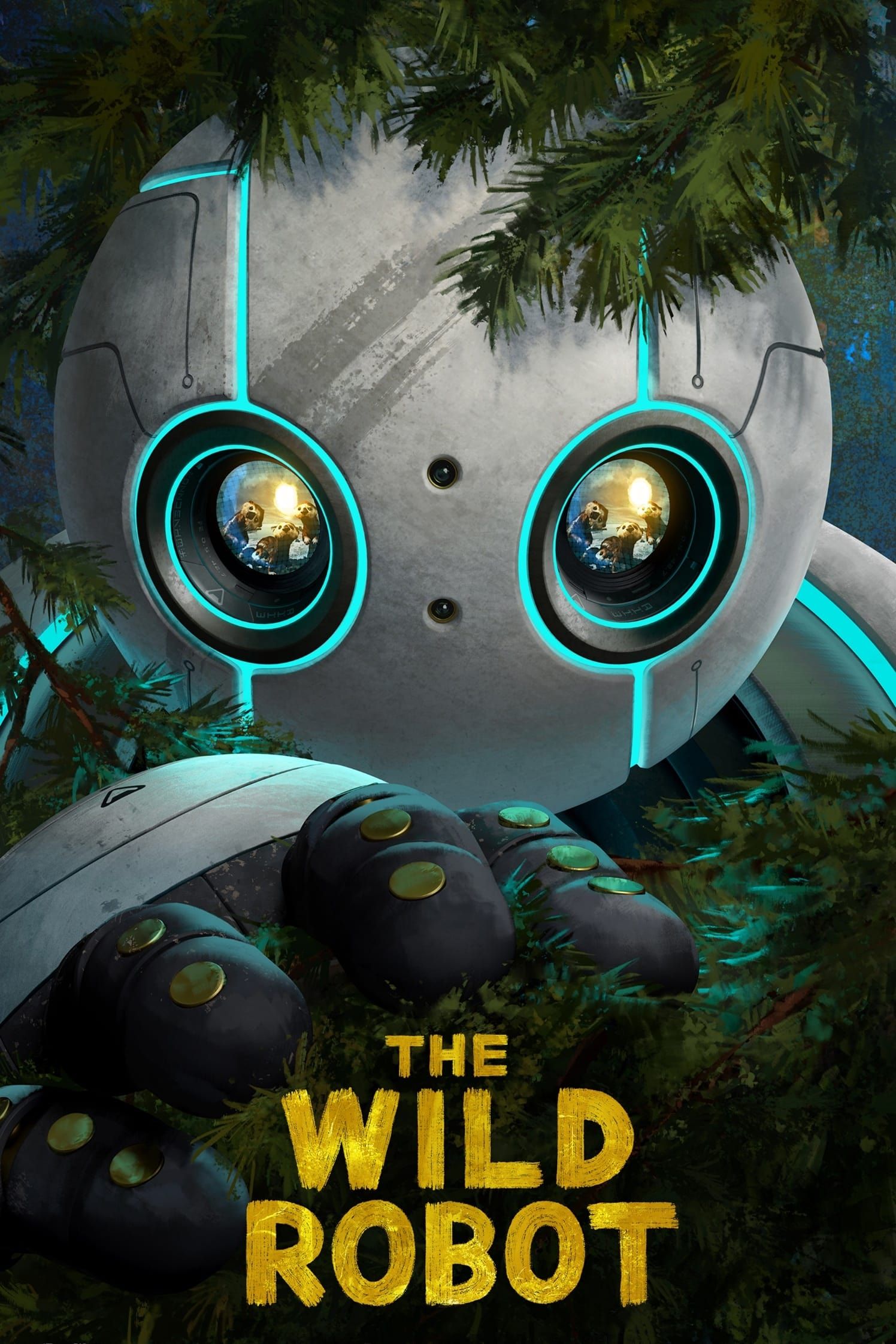
The Wild Robot is an animated drama film based on a series of books by Peter Brown. The adaptation is written and directed by Chris Sanders and stars Lupita Nyong'o, Pedro Pascal, and Catherine O'Hara. The Wild Robot centers on a robot named Rozzum 7134, who becomes stranded on a deserted island and the guardian of a young orphan.
Director Chris Sanders
Release Date September 27, 2024
Studio(s) Dreamworks
Distributor(s) Universal Studios
Writers Chris Sanders , Peter Brown
Runtime 101 Minutes

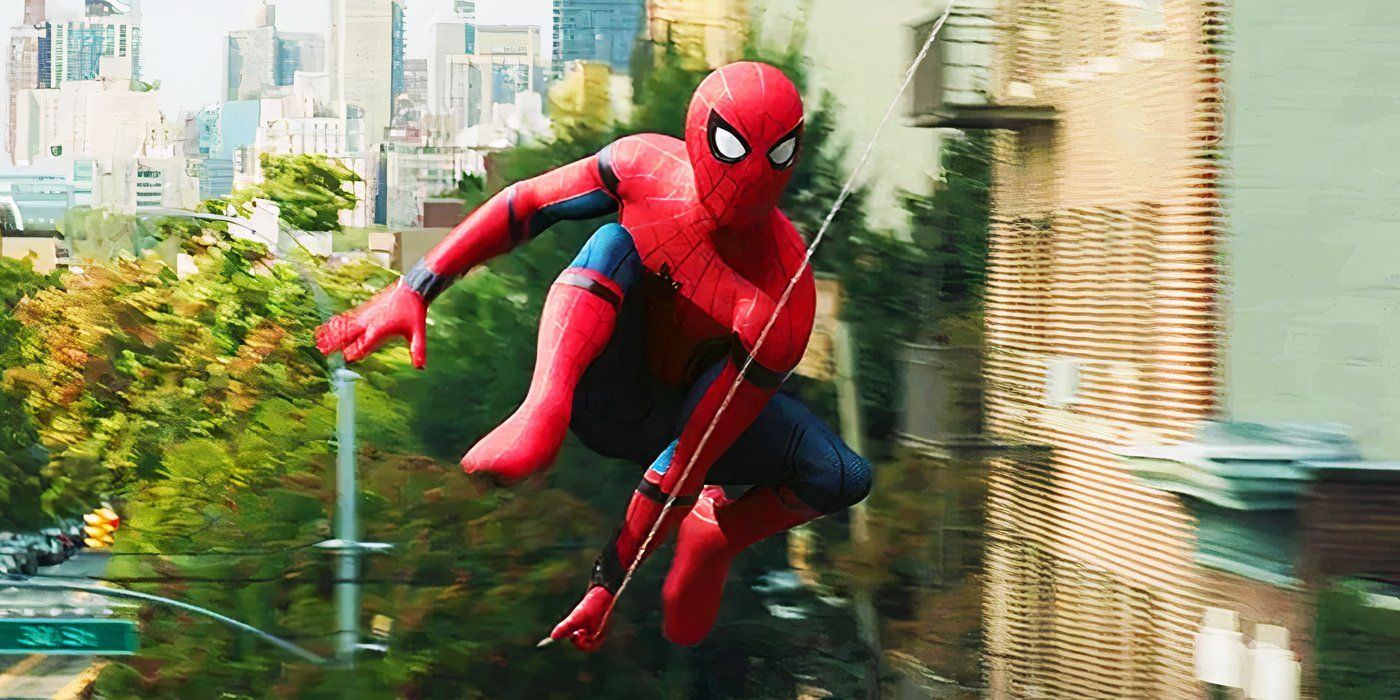
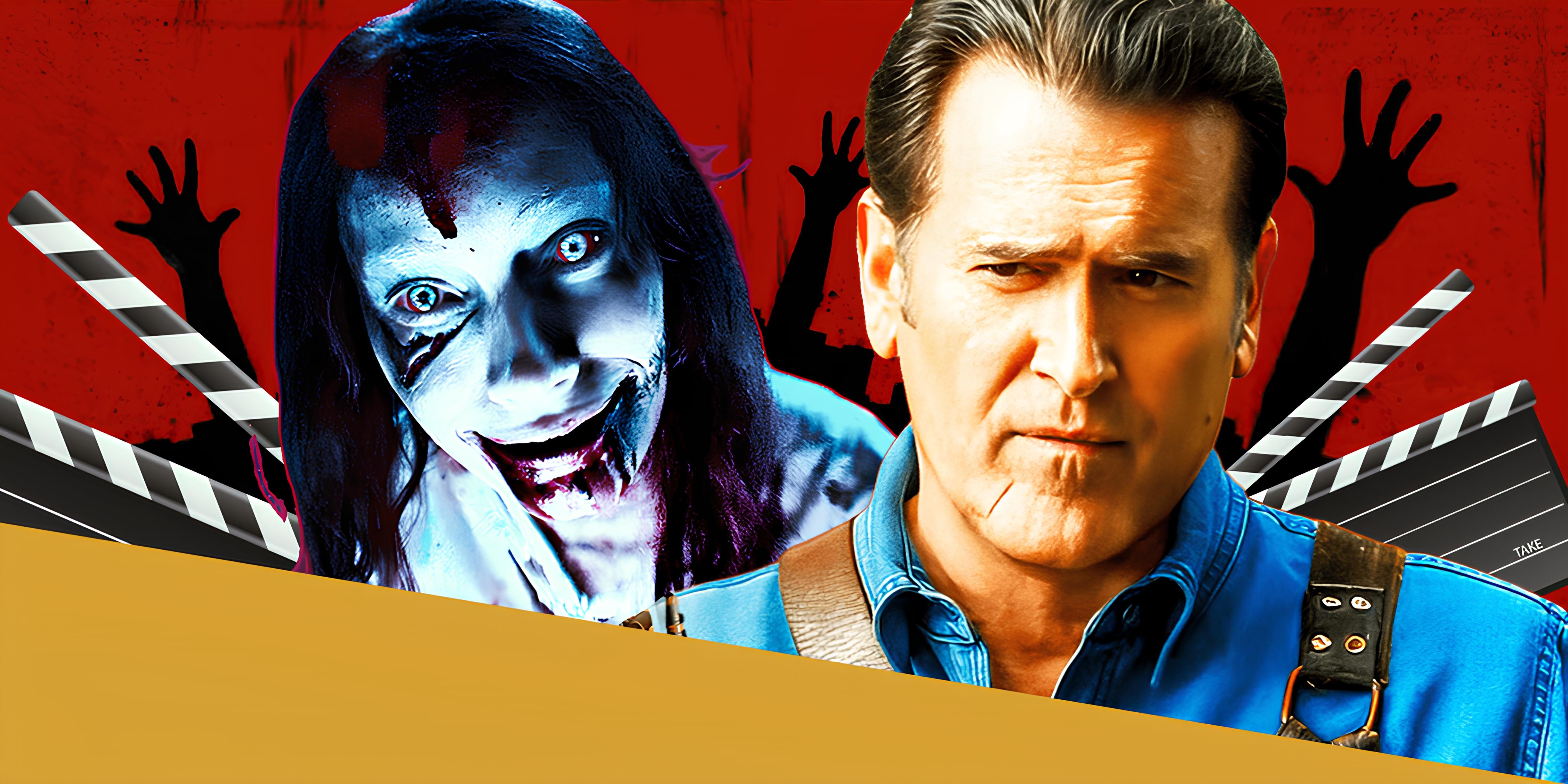






 English (US) ·
English (US) ·